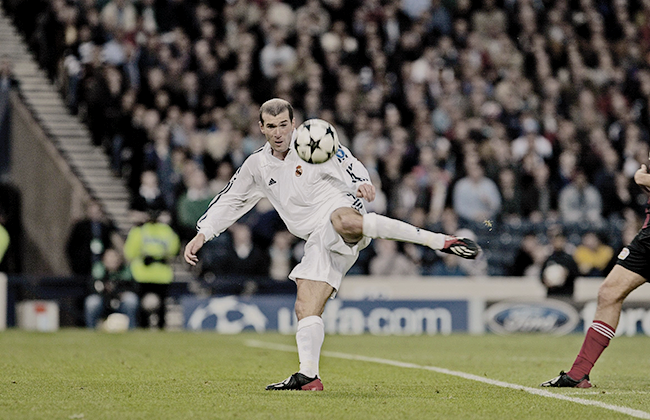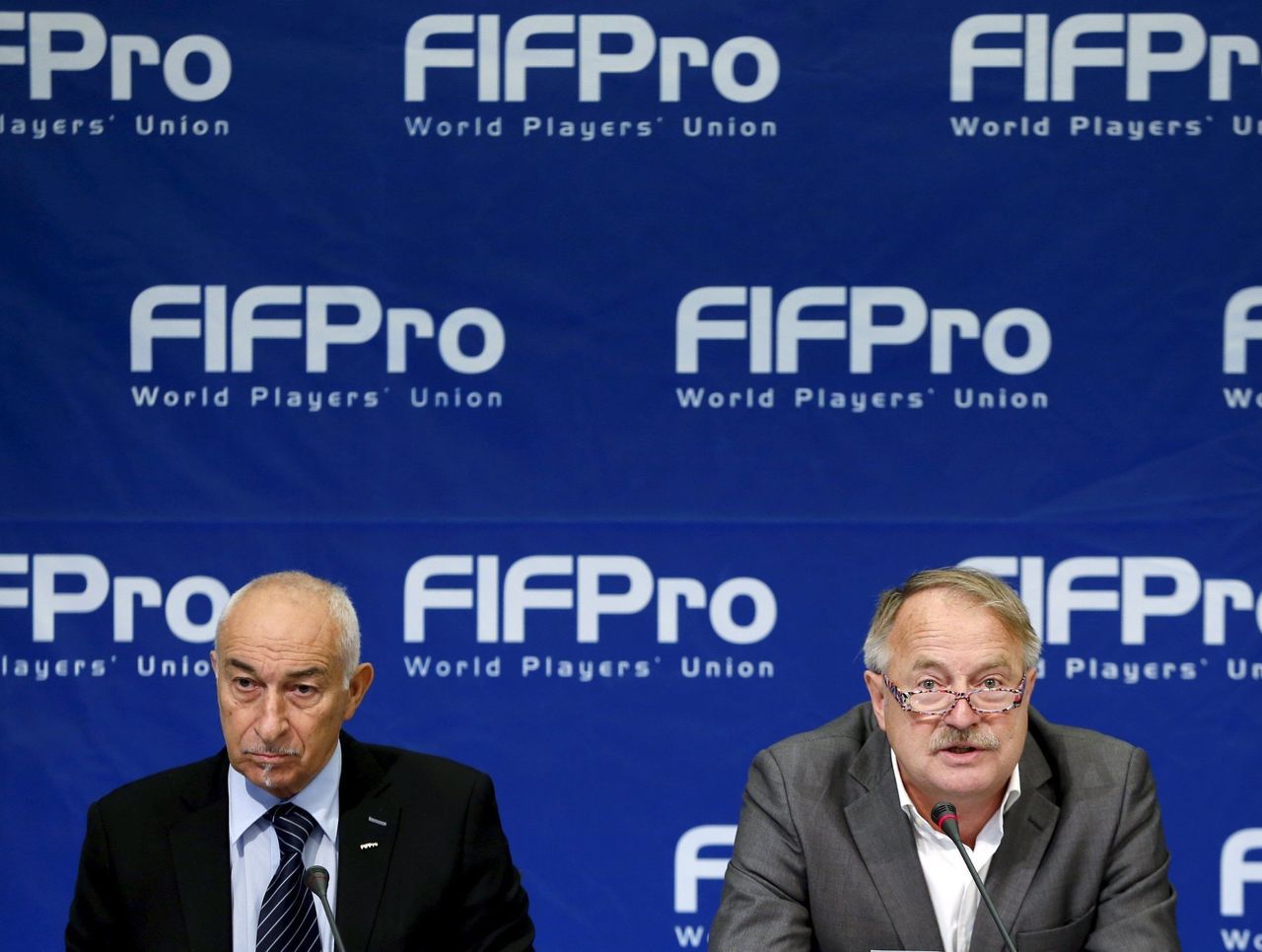In 2001, France's Zinedine Zidane was considered as one of the best players on the planet. That summer he moved from Italian side Juventus to Spanish side Real Madrid for a record breaking €77.5 million. At the time, the amount seemed astronomical but given the recent transfer of Neymar to PSG for €222 million and the expected move of Philippe Coutinho from Liverpool to Barcelona for €150 million, Zidane's move appears to be a snip. Even with inflation (2001 to 2017), the amount paid by Real Madrid for Zidane would only be €100 million which would suggest that Coutinho is considered to be better than the former World Cup winning Frenchman. Transfer fees have in recent years grown to unexpected levels with not only the top players moving for considerable fees but most players in the top five divisions moving for amounts well above the expected market value.
( )
)
Zidane scores against Bayern Leverkusen in the Champions League Final (Image from Tumblr)
Market value is defined as the price at which an asset (in this case the player) would trade in a competitive auction setting. To achieve market value or more specifically fair market value, comparisons are needed to gain a true understanding of the starting price. In football, those comparisons come from other players of similar stature and position who have been sold recently. However there are issues attached to doing it this way. For example take two recent transfers in the Premier League - Michael Keane who moved from Burnley to Everton and Harry Maguire who moved from Hull City to Leicester. Identical players in many ways including stats, background and experience. Both players are 24 years who play at centre back and are seen as future England defenders with a recent call up to Gareth Southgate's team an indication of this. However Keane's transfer value was considerably more than Maguire's (£25m vs £12m) which in a fair value system would mean that either Everton overpaid or Leicester secured a bargain.
( )
)
Maguire - a bargain? (Image from Tumblr)
The reason why this has happened is that there is no set system in place used to calculate market value. Instead it is up to the clubs themselves to work out how much their player is worth under current conditions. That in itself is problematic as some use a plethora of data and research to construct a detailed analysis of the players value to the club whilst others appear satisfied with a licked finger in the air. The introduction of a wealth of riches of the years thanks to lucrative broadcast deals has only heightened the problem with clubs now chasing the holy grail of getting as much as they can for their player by simply asking the buyer how far they will go. Think about a world were you walk into a store and the owner asks you how much you are willing to spend to purchase the item you want.
Albert Einstein once said that the definition of insanity is doing the same thing over and over and expecting different results. Clubs across Europe especially in England appear in no rush to address escalating transfer fees despite warnings from financial experts about the long term ramifications of such. The clubs appear blinded by the money that is flowing into their coffers like water at present and are spending without due consideration. Some are taking note and have acted accordingly like FIFPro who filed a legal action against FIFA and UEFA in 2015 for negligence around its handling of the transfer system. Whilst taking more about the impact it has on players, FIFPro did suggest that the current systems fuels and sustains the increasing competitive and financial imbalance whilst also inviting commercial abuse by third parties and individuals looking to profit from transfers. It suggested scrapping transfers all together, a proposal which was understandable railroaded by those who benefit from it - the clubs, the agents and the governing bodies.

Pushing for change (Image from Tumblr)
So if the system can't to be scrapped, can it be contained? There is no clear answer to that question but some believe that the introduction of a market value system for players would help. Indeed three students from Amsterdam University in Holland took a stab at creating one and eventually produced a model for La Liga which they believed would be scalable to other leagues. However their model relied on transfer data attached to each player which was not actively available (given players dont move every year) so assumptions were made. That said, their model was on the right path using not only player information and data to calculate the players value but also economical, social and other conditions that could affect it. Their system may not be perfect but its a start towards a model that does work and hopefully long term curbs the current financial insanity that plagues football's top five leagues.
Share your thoughts now on Facebook:https://facebook.com/BackOfTheNetBlog or on Twitter:https://twitter.com/BOTNBlog. Also on Instagram: backofthenetblog![tumblr_orz92gqw9m1wof0rjo1_1280.png]